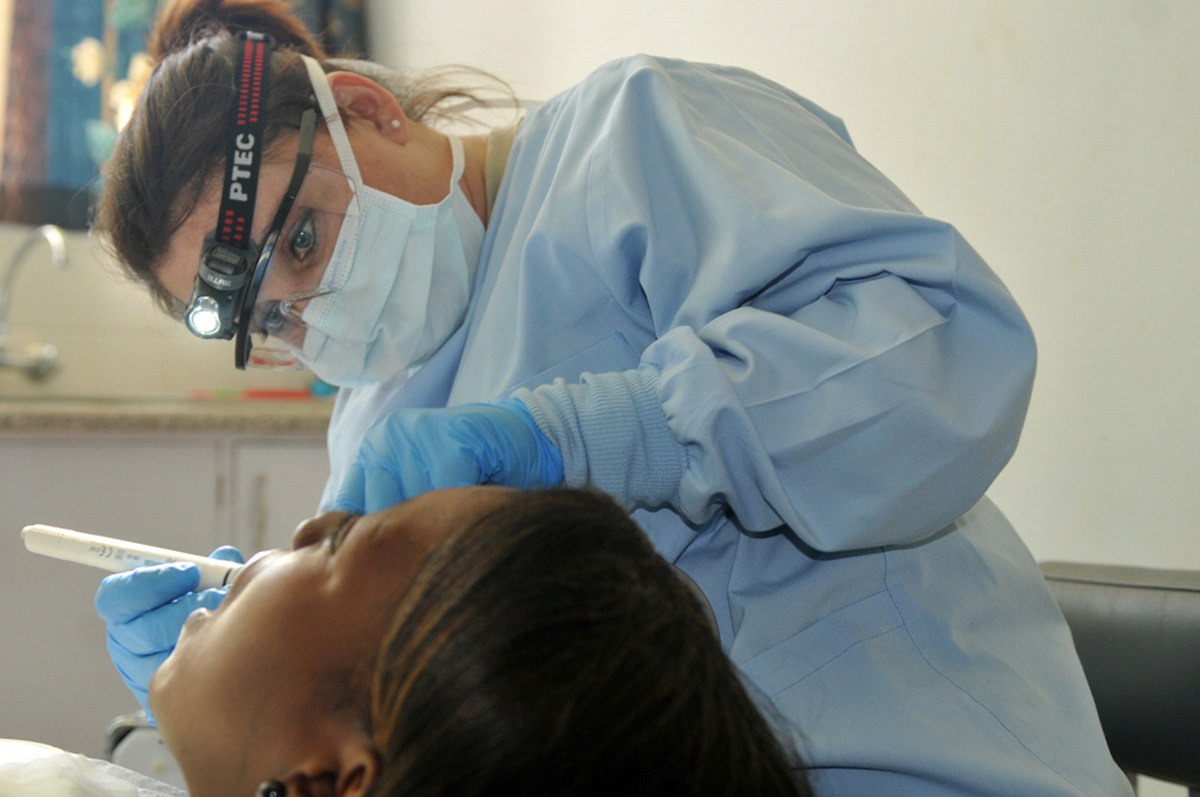Table of Contents
What Is the Aim Of Periodontal Surgery?
The first and foremost aim of periodontal surgery is to provide the doctor adequate access and visibility so that all the disease-causing factors can be eliminated. This is achieved by making incisions in the base of the gingival sulcus till the crest of the alveolar bone and then reflecting the gingival to uncover the underlying root surface and the supporting alveolar bone.

Any sign of plaque and calculus is removed at this stage using specially designed curettes. If a bone defect is seen which can be amended by the use of bone graft, membranes or a combination of the two then it will be done so. Any defects such as a furcation involvement or a vertical groove extending into the subgingival area which is acting as a plaque retentive factor will be corrected as well.
Types Of Periodontal Surgery
Many minute differences in surgical techniques separate one procedure from another, however from the viewpoint of a patient these surgical procedures can be divided into two basic categories:
- Pocket Reduction Surgeries
- Periodontal Plastic Surgeries
The first category includes everything that is done to reduce the periodontal pockets harboring pathogenic bacteria, while the other includes surgeries that are carried out to improve the aesthetics of a dentition. Some surgeries, like those carried out in gingival enlargement cases, can achieve both purposes at the same time.
Along with the formation of pockets, the other most common presentation of periodontal disease is the occurrence of recession. This makes the teeth look unsightly, exposes the underlying root surface to the oral environment, causes sensitivity and makes the patients more prone to root caries.
These periodontal plastic surgeries include the repositioning of gingival, use of gingival and connective tissue grafts as well as allogenic grafts to achieve root coverage. These surgeries have a higher rate of failure as compared to pocket reduction surgeries as they are extremely technique-sensitive. Successful results can, however, be transformatory for the patient's smile.
Successful Outcomes Of Periodontal Surgery
An establishment of a dentition that is free from disease as well as easily maintainable by the patient would be considered a successful outcome. The benefits from the patient’s point of view would be an increase in the life span of the remaining teeth (by years or even decades in some cases), reduction of mobility, halitosis and bleeding from the gums.
See Also: Dental Tourism: What, Why, And Where
There are also documented benefits of periodontal treatment on other systemic diseases such as Diabetes, Heart Disease and even help avoiding complications during Pregnancy.
- Photo courtesy of US Army Africa via Flickr: www.flickr.com/photos/usarmyafrica/5725063775
- 1. https://www.perio.org/consumer/treatments-procedures
- 2. http://www.colgate.com/en/us/oc/oral-health/conditions/gum-disease/article/gum-surgery-what-do-i-need-to-know
- 3. http://www.webmd.com/oral-health/guide/gum-disease-treatments


Your thoughts on this